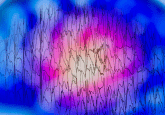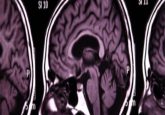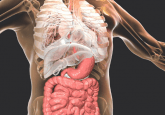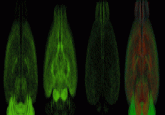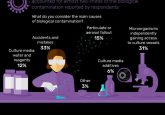Using astrocytes to speed organoid development
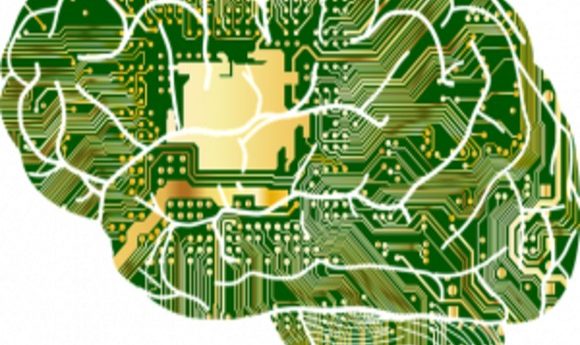
Organoid models, or three-dimensional mini-brains, allow scientists a novel way to study brain disease as well as test potential treatments—but they can take months or even years to grow in the lab. A new method using astrocytes significantly cuts down on the time required to develop these important investigative models.
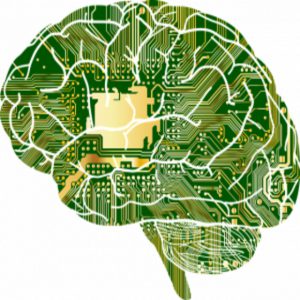
Recently, scientists have made great strides in research by using three-dimensional organoid models of brains, often called “mini-brains,” to help study the genetics of different brain disorders, as well as to test potential drug interventions. Such models allow scientists to see how neurons act within an interactive 3-D framework—with size, shape, and morphological complexity more like what you would find in a normal human brain. Yet, creating such models takes significant time.
“You have to wait several months for the cell types to mature—it’s an intrinsic developmental property of human cells,” said Robert Krencik from the Houston Methodist Research Institute. “They’re developing within the same timeline as they would in vitro. And that’s great if you study development. But for other types of brain research, it’s not always feasible to wait that long every time you want to do an experiment.”
Traditionally, organoid technologies allow the spontaneous generation of different cell types, which means that researchers don’t have any real control over how many of each type will be present in the model. Krencik and colleagues decided to generate the different types of cells individually from stem cells, freeze them down over time, and then make different cell stocks. In doing so, they were able to specifically combine the cell types in different ratios to form the 3-D models more systematically. The team found that specifically engineering astrocytes into their mini-brain models accelerated cell maturation and connections within the model. This dramatically reduced the time it took to grow a 3-D system. Krencik calls this particular type of engineered mini-brain model the “asteroid,” as opposed to the traditional “organoid,” because of its use of astrocytes.
“We’ve known that astrocytes are crucial for synapse formation in early development and also possibly after injury to help reconnect disrupted connections in the brain,” Krencik said. “So when we combined them in these three-dimensional spheres with neurons, we found that they take on more complex and more mature properties than they normally show in two-dimensional cultures.”
Such models will allow scientists to look at the different properties of disease states—as well as test different targets for future drug development. Krencik also believes that asteroids could be used, with time and further research, to help regenerate damaged nervous systems.
“By creating these three-dimensional cultures with astrocytes that take on mature, human-specific properties, we can finally address questions that we’ve had for a long time but haven’t previously been able to study,” he said. “There’s a lot of promise here.”
